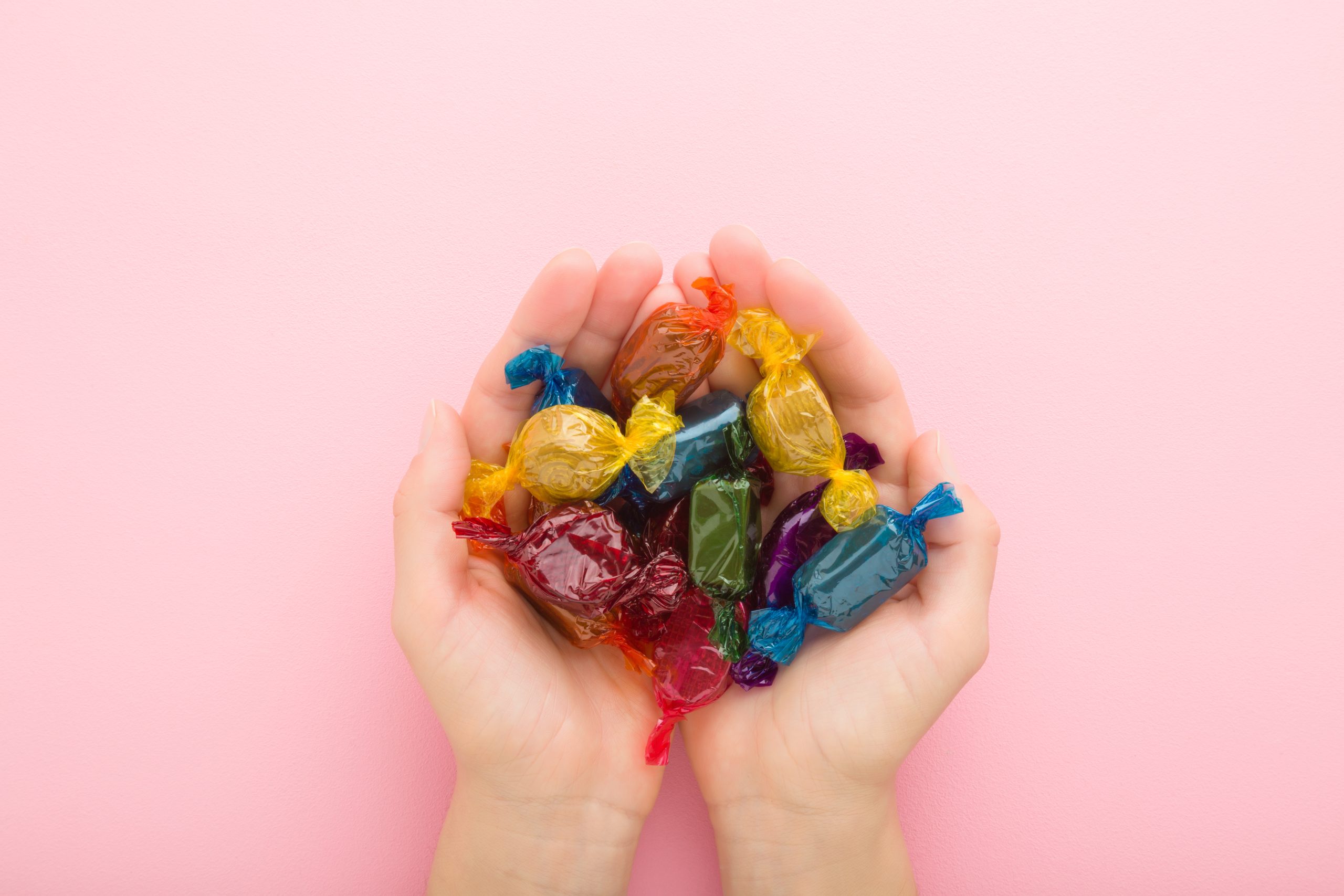Are Companies as Green as They’d Have You Believe?
It’s becoming increasingly imperative for businesses to go green, especially if they want to keep up with consumer demand and the global initiative to alleviate climate change. In fact, you’d be hard-pressed to find a single company that doesn’t boast some kind of green initiative, or aspect of its product or service.
Adidas’s partnership with Parley for Oceans to manufacture clothes and shoes made from plastic waste is just one recent example of the waves of companies finding creative solutions to promote sustainability within their ranks. The partnership aims to prevent thousands of tons of plastic from reaching the oceans. Not all initiatives are quite as results-driven, as some companies are putting more time and resources into “green” marketing than actually trying to make the company more sustainable—this is called “greenwashing.” According to Google Trends, “greenwashing” searches are at an all-time-high, surpassing peaks in 2008 and 2012.
Back in March 2021, Bloomberg reported that investors, willing to pay a premium and accept lower interest rates with “green bonds,” are now realizing that many governments and corporations are exaggerating or even misrepresenting how environmentally-friendly these investments are. As consumers become more conscious and climate change poses a bigger threat by the day, such organizations must implement real changes in their environmental and sustainability policies rather than just polishing the perception of their brand.
Consumers care
Adidas didn’t decide to invest in the partnership with Parley for Oceans to be a hero. It knows consumers, especially younger ones, are doing their research and are much more socially conscious than previous generations. The company said it originally planned to sell five million pairs of ocean plastic shoes, at an average retail price of around $220, which would rake in more than one billion dollars. To date, Adidas and Parley Run for Oceans have united more than three million runners worldwide, while raising $2.5 million to help Parley develop initiatives and educational programs to continue the fight against plastic pollution.
As brands and organizations continue to familiarize themselves with the younger generations—Gen Z alone makes up 40 percent of the consumer population—they need to be aware of their views. Nine out of 10 Gen Zers believe companies have a responsibility to address social and environmental issues.
Greenwashing is more common than one thinks
Throughout the last few years, a wide array of companies faced charges of greenwashing, some through civil lawsuits, while others have been attacked by the National Advertising Division and the Advertising Standards Authority for marketing products as more green than they are.
A notorious example of greenwashing happened in 2015, when the Environmental Protection Agency (EPA) found that many Volkswagen (VW) cars being sold throughout the U.S. were using a “defeat device”—a software in diesel engines that can detect when a car is being tested and changes the performance to receive better results. According to VW, they had about 11 million cars worldwide equipped with this device. When the device was on, it put the vehicle in safety mode, and when it was off, the car engines emitted nitrous oxide pollutants up to 40 times above what is legal in the U.S.
And Volkswagen is not the only one. BMW and Ford also have current lawsuits for similar claims. Both automotive companies have been accused of claiming their vehicles are more eco-friendly and sustainable than they actually are. The claims have since been dismissed.
And maybe surprising to some, while obvious to others. Clothing companies, especially fast-fashion, are one of the worst perpetrators of greenwashing. There is no legal standing to what the terms “ethical” or “eco-friendly” mean. Many fashion companies are now rebranding and putting in thousands, if not millions, of dollars into new “green” campaigns.
Governments are getting involved
With the new Congress sworn in, being environmentally friendly is at the forefront of the U.S. agenda. Politicians worldwide are continuing the fight against climate change, greenwashing, and pollution.
Back in March, the Break Free From Plastic Pollution Act, a bicameral bill, was introduced by Democratic lawmakers. The bill was introduced to protect American citizens’ health from the growing plastic pollution crisis. So far, the bill is endorsed by 500 groups and was penned by U.S. Senator Jeff Markely of Oregon and House Representative Alan Lowenthal from California.
The politicians behind the bill took a national poll and found that 86 percent of Americans support the idea that new plastic should require at least some recycled material while 80 percent support phasing out specific non-recyclable plastics altogether.
As governments continue to implement new “green standards,” greenwashing will become a thing of the past. Hopefully, corporations will stop spending so much money on fake green campaigns, instead switching to actually make the company more sustainable. It’s clear that consumers are willing to spend a bit more if it means the brands are in line with their values, so it’s truly in companies best interests to continue “going green.”
About the Author
Yanir Aharonson is the CEO of Polysack (www.polysack.com). He is a serial entrepreneur with 20 years’ of experience managing technology based start-up and established companies. Aharonson is experienced in strategic planning, market development, go-to-market, business development, fund-raising, P&L management and building a strong management-team. He holds a BSc. in Computer Science and a MA in Economics and Business from Hebrew University.


